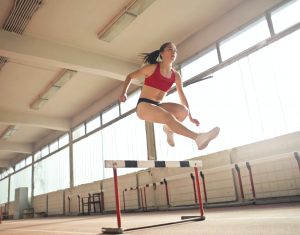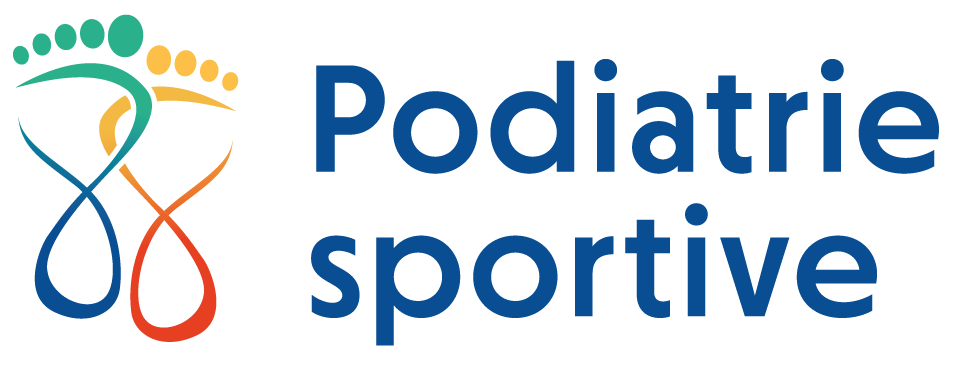 My Child has a Sore Heel, is it Sever’s Disease?
My Child has a Sore Heel, is it Sever’s Disease?
Watching your child thrive in sports, while developing discipline, experiencing teamwork and learning responsibility can surely bring forth a sense of pride for parents. However, the victories, laughter and skill development can sometimes be challenged by some of the aches and pains related to the intense use of the body during the young athlete’s growth period. If your child is between 8 and 15 years of age and mentions having heel pain, it could be due to Sever’s disease or calcaneal apophysitis. It’s important to not be alarmed by the word
“disease” though. It’s actually pain felt in the growth plate area of the heel, caused by repeated traction of the Achilles tendon at its insertion. Since the growth plate in the heel has not yet completely fused, these pulls can lead to tension that causes inflammation. This type of heel pain in children is most commonly seen in soccer players, gymnasts, dancers and other athletes involved in jumping sports.
Diagnosis in a Foot Health Clinic
If you sometimes see your child tiptoeing like a t-rex, a visit to your podiatrist is recommended. Any muscle imbalance should be treated as soon as possible to avoid repercussions that could affect the ankles, knees, pelvis, back, etc. A great deal of these issues often start with the lower limbs. The doctor will first perform a palpatory examination to locate the pain and subsequently ask a few pertinent questions. Then, an X-ray will follow in order to eliminate any other potential causes. A comparison between the two feet will also be performed during this first visit. Sever’s disease is quite common in growing elite athletes and can be easily treated when diagnosed early.
Treatment Recommended by the Podiatrist
In order to ensure that your child’s regular and athletic activities continue, your podiatrist will first recommend rest to allow time for the inflammation to subside. The length of this respite will vary from case to case. Non-steroidal anti-inflammatory drugs (NSAIDs) may be
prescribed to help this process along. In most cases, an orthotic device that supports the foot’s support points, temporarily inserted into the shoe, will drastically reduce the pain felt by the teenager and help with mobility and healing. In more severe cases, the doctor may recommend complete immobilization of the limb for a period of time, but this is rare. Strictly following the podiatrist’s exercise plan will certainly help with recovery and the return to normal activity. Although the desire may not be there on a daily basis, the frequency with which strengthening exercises and stretching are performed will play an important role in the recovery plan. Flexibility of the posterior chain should be worked on to reduce tension at the
junction of the Achilles tendon and the heel bone. Stretches from the base of the skull to the leg muscles will work to loosen this area. At the same time, the intrinsic muscles of the foot should also be strengthened with specific exercises.
Prevention of Sever’s Disease
By following a few simple rules, it’s quite possible to protect oneself from calcaneal apophysitis and to prevent it from returning before ossification is complete. Adding a pair of shoes with a slightly raised heel to your youngster’s wardrobe, performing stretches after
workouts and respecting your body’s limits are a few concrete examples.
Finally, the key to a successful recovery from injury is always the proper execution of the treatment and exercise plan throughout the healing process. To learn more about the teamwork (athlete, parent and podiatrist) involved in this process, please visit: https://www.podiatriesportive.com/trust-and-teamwork/
